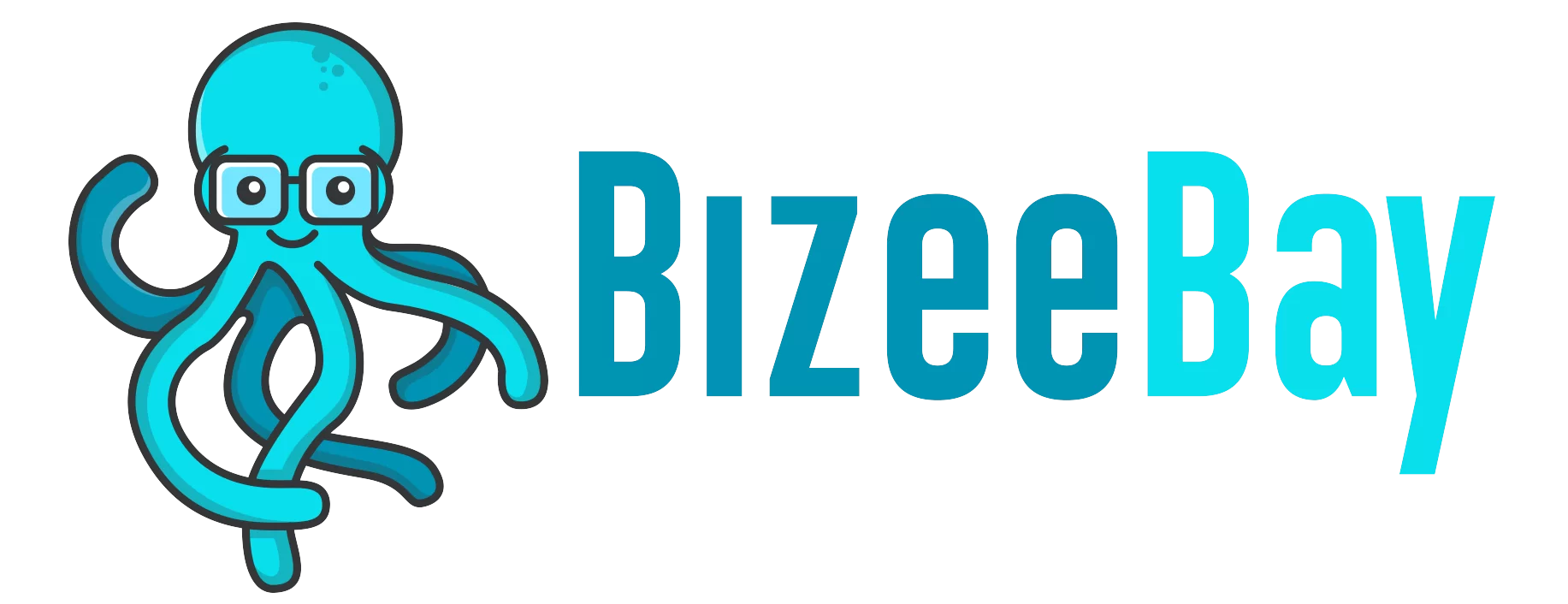Secret 15: Creating an SEO Friendly Blog
Resources
ChatGPT
Plagiarism Checker
Grammarly Plagiarism Checker
https://www.grammarly.com/plagiarism-checker
Copyscape
Identifying Relevant Keywords
Google Keyword Planner
https://ads.google.com/intl/en_us/home/tools/keyword-planner/
Ahrefs Keyword Explorer
https://ahrefs.com/keywords-explorer
SEMrush Keyword Magic Tool
https://www.semrush.com/features/keyword-magic-tool/
Frequently Asked Questions
1. How do I choose a blog heading for an SEO-friendly blog post?
Select a blog heading from your content calendar that aligns with your overall content strategy and targets a specific topic relevant to your audience. Ensure the heading is engaging and includes primary keywords to improve SEO.
2. How do I identify relevant keywords for my blog post?
Use keyword research tools like Google Keyword Planner, Ahrefs, or SEMrush to find relevant keywords. Look for keywords with a good search volume and low to moderate competition. Incorporate these keywords naturally into your blog content.
3. Why is it important to read similar blogs before writing my own?
Reviewing top-ranking blogs helps you understand what makes them successful, such as their structure, content depth, and use of keywords. This research can inspire your blog outline and ensure you cover all essential points.
4. How can I expand my blog outline effectively?
After reviewing similar blogs, add any new points to your outline. Ensure each section of your blog is comprehensive and provides value to the reader. Use subheadings to organize your content and make it easier to read.
5. How do I incorporate examples into my blog post?
Provide specific examples for each main point to illustrate your arguments and make the content more relatable. Use real-life scenarios, case studies, or personal experiences to add credibility and depth to your blog.
6. How can ChatGPT help refine my blog outline?
Use ChatGPT to brainstorm different outlines and ideas. Ask ChatGPT to refine your blog outline by suggesting additional points, improving structure, and ensuring logical flow between sections.
7. How do I finalize and check my blog for plagiarism?
Review your blog for accuracy and ensure all information is factually correct. Use plagiarism checkers like Copyscape or Grammarly to verify the content is unique. Make any necessary edits to ensure originality and adherence to SEO best practices.
